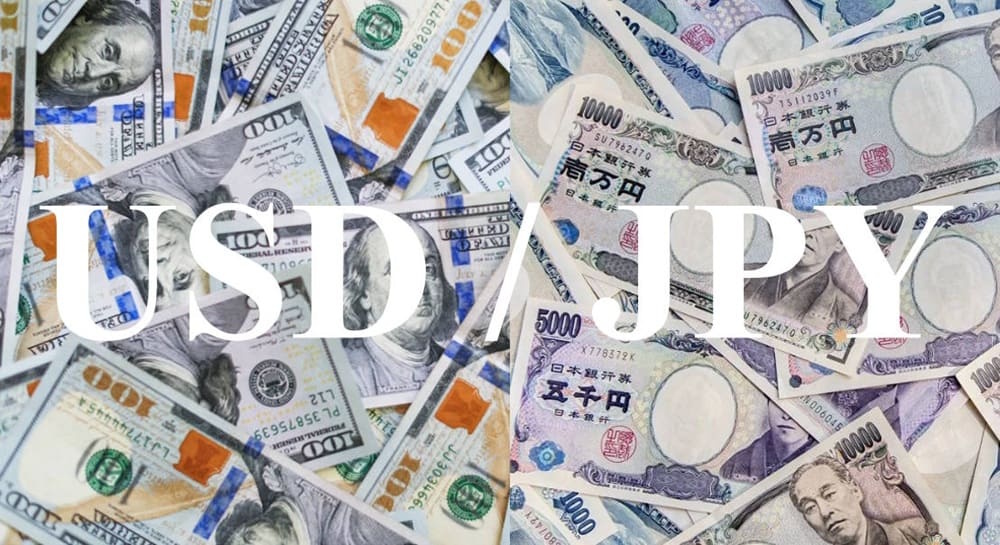The USD/JPY pair is currently trading within the range of 146.60 to 147.20, with fluctuations driven by a mix of U.S. political stagnation, emerging issues in the labor market, and the Bank of Japan’s subtle yet ongoing transition from its ultra-loose monetary policy stance. Following a peak of 149.90 in late September, the pair experienced a significant reversal, declining by almost 300 pips within a week. The rejection just beneath the 150.00 psychological barrier underscores the fragility of dollar momentum observed in Q4.
The U.S. government shutdown has resulted in a “data blackout,” making it improbable for the essential September Nonfarm Payrolls report to be released. Investors are now analyzing the ADP private payrolls release, which indicated a loss of 32,000 jobs in September, marking the most significant decline since March 2023. August underwent a downward revision, changing from a previously reported gain of 54,000 to a loss of 3,000. Meanwhile, the ISM manufacturing PMI recorded a value of 49.1, indicating seven consecutive months of contraction. These signals contribute to the increasing body of evidence indicating that the U.S. economy is experiencing a slowdown. Sources currently indicates a 99% likelihood of a 25 basis points rate cut in October, while the probability for an additional cut in December is approaching 86%. The U.S.-Japan rate spread, an essential factor influencing USD/JPY, is contracting. The yield premium between the 2-year U.S. Treasury and JGB has decreased to 2.69%, down from 2.90% in mid-August.
The 10-year spread has decreased to 2.45%, breaching significant support at 2.47%. As Treasuries diminish in relative attractiveness, capital is shifting towards yen-denominated assets, offering structural support for the appreciation of the JPY. The Bank of Japan’s recent summary of opinions revealed that board members are actively considering a 0.25% rate hike as soon as October, indicating a further move towards policy normalization. Inflation continues to exceed the target, as Japan’s core-core CPI remains at a high level. The Q3 Tankan survey improved to 14 from 13, marking the highest level since Q4 2024, indicating strong corporate sentiment. The labor data remains robust, with the unemployment rate stabilizing around 2.3–2.4%. Collectively, these indicators support a tightening stance, reducing the policy divergence with the Federal Reserve.
The leadership election of the ruling Liberal Democratic Party on October 4 is crucial. The result will influence Japan’s forthcoming Prime Minister and may alter fiscal and monetary strategies. Market participants anticipate ongoing backing for a gradual normalization by the BoJ, which has bolstered the confidence of yen bulls. Meanwhile, the resilience of global equities — highlighted by the S&P 500 reaching record highs — has diminished safe-haven demand for the dollar, rendering USD/JPY susceptible to downward pressure.

